Koko is a store of unique distinction with its classic feminine styles in luminous colors and sublime textures. The items are made by Dutch-born designer Marianne Kooimans, and her clothes and shoes are a precious reminder of craftsmanship in a world of mass production and corporate globalization.
Kooimans is not only preserving the ideals of Old World refinement and artistry, but in a real and tangible way, she is truly preserving vanishing textile techniques.
I met Kooimans in her airy Abbot Kinney store, the efforts of husband and business partner Steve Wood.
She was sporting one of her own black and white skirts, a solid black long-sleeved V-neck, patterned black stockings, shoes that are sold at Koko’s, and a thick pearl necklace. She tells me that she prefers simple clothes she can easily work in. A slim woman, Kooimans wears signature dramatic red lipstick and has bobbed hair that she twists up.
Though she is striking in appearance, her manner is gentle as she tells me the genesis of her work.
After graduating from her studies at the Art Academy of Rotterdam in fashion and monumental design in Holland, Kooimans worked primarily for performers, creating high-tech costumes in plastics.
Cambodia was different. “I fell in love with the silks there,” says Kooimans of the Cambodians’ unique method of weaving. She traveled between the United States and Cambodia, working with a small clothing company developing and designing textiles.
Having found a “krama,” a scarf, in one particular style, Kooimans carried it around to various Cambodian villages, like in an Asian folktale, in search of anyone who could reproduce it.
She leads me to the hanging apparel, educating me on silk as she shows me an example of the unique fabric, “a cross between organza and soft silk,” she explains, “soft and crisp.”
“In Cambodia, people work from home and have looms in their houses,” she explains. “Unlike China, it is all handmade.”
Also contributing to the silk’s unique quality and properties is the fact that it is made on bamboo looms, unlike in China where metal combs are used. The industrial metal combs create a uniform texture, whereas the irregular Cambodian method allows for more beauty of texture.
Reviving the quickly vanishing silk weaving techniques and fabrics, “I made a market for it, and made sure people were trained to make this fabric,” she said.
Back in the United States, Kooimans began to design her own clothes, which became more complicated as her skills expanded.
Now, once the silk is made, Cambodian silk is sent to Italy for embroidery. The embellished silk is then sent back to Cambodia to be cut and sewn into Kooimans’ elegant designs.
The sewing is primarily done by two families, but Kooimans is very hands-on, preparing patterns and cutting material herself. “It’s collaboration,” she acknowledges.
Kooimans is not only preserving the ideals of Old World refinement and artistry, but in a real and tangible way, she is truly preserving vanishing textile techniques.
I met Kooimans in her airy Abbot Kinney store, the efforts of husband and business partner Steve Wood.
She was sporting one of her own black and white skirts, a solid black long-sleeved V-neck, patterned black stockings, shoes that are sold at Koko’s, and a thick pearl necklace. She tells me that she prefers simple clothes she can easily work in. A slim woman, Kooimans wears signature dramatic red lipstick and has bobbed hair that she twists up.
Though she is striking in appearance, her manner is gentle as she tells me the genesis of her work.
After graduating from her studies at the Art Academy of Rotterdam in fashion and monumental design in Holland, Kooimans worked primarily for performers, creating high-tech costumes in plastics.
Cambodian Silks
A textile competition in Japan brought her to Asia. “I was very attracted to that part of the world,” she said.Cambodia was different. “I fell in love with the silks there,” says Kooimans of the Cambodians’ unique method of weaving. She traveled between the United States and Cambodia, working with a small clothing company developing and designing textiles.
Having found a “krama,” a scarf, in one particular style, Kooimans carried it around to various Cambodian villages, like in an Asian folktale, in search of anyone who could reproduce it.
She leads me to the hanging apparel, educating me on silk as she shows me an example of the unique fabric, “a cross between organza and soft silk,” she explains, “soft and crisp.”
“In Cambodia, people work from home and have looms in their houses,” she explains. “Unlike China, it is all handmade.”
Also contributing to the silk’s unique quality and properties is the fact that it is made on bamboo looms, unlike in China where metal combs are used. The industrial metal combs create a uniform texture, whereas the irregular Cambodian method allows for more beauty of texture.
Reviving the quickly vanishing silk weaving techniques and fabrics, “I made a market for it, and made sure people were trained to make this fabric,” she said.
Back in the United States, Kooimans began to design her own clothes, which became more complicated as her skills expanded.
Now, once the silk is made, Cambodian silk is sent to Italy for embroidery. The embellished silk is then sent back to Cambodia to be cut and sewn into Kooimans’ elegant designs.
The sewing is primarily done by two families, but Kooimans is very hands-on, preparing patterns and cutting material herself. “It’s collaboration,” she acknowledges.
Timeless Shoe Styles
Twice a year she makes a pilgrimage to Paris for the Premier Vision, the internationally attended French textile show. It is there that Kooimans finds the leathers for her shoe line. Her leather of choice is fish leather. It is made of tanned fish skins, which are treated, creating remarkable textures and radiant colors.Kooimans confesses that she is happiest when in her element—color and texture—sitting amid the leather color swatches laid out on the table before her.
The finished product is a timelessly fashionable shoe that is feminine, sophisticated, and comfortable.
Describing the present shoe fashion trends, Kooimans laments, “Shoes almost look like weapons now—aggressive.”
The finished product is a timelessly fashionable shoe that is feminine, sophisticated, and comfortable.
Describing the present shoe fashion trends, Kooimans laments, “Shoes almost look like weapons now—aggressive.”
Quality, Artistry, and Beauty
This is not the only matter to lament. Twenty years ago, when Kooimans first started out, there were 2,400 embroidery companies in Italy; now only 600 are left. Family businesses that have been around for centuries, with skills handed down for generations, are dying out quickly.“The store is a platform for discussion,” acknowledges Kooimans, speaking to mass production and the disconnection that many store owners have with their merchandise. Not long ago, people who had stores either personally made their products, or had a relationship with those who did.
“My daughter sees how things are made, she will have it,” Kooimans says of Oona, her 9-year-old who has traveled with her since she was only 9 months.
“I am a reminder that things are made with care and respect for materials—and very sustainable.”
“In Asia, a lot of things are disappearing because they think it’s modern to work in a factory. … When skills are gone, they are gone,” Kooimans surmises.
“In this culture, our choices have reduced a lot,” says the international designer. “We think we have a lot of choices but we have been limited by corporations.” Referring to L.A., Kooimans says, “The choices in a big city are not so big.”
“I can’t stop time,” she says, as so much culture becomes lost. But in response to commercialization, Kooimans understands the way in which she can exert influence over her environment by her commitment to quality, artistry, and beauty. “I can create a world and offer something to people,” she says.
1227 Abbot Kinney Blvd.
310-392-7770/310-392-8507
http://mariannekooimans.com/
“My daughter sees how things are made, she will have it,” Kooimans says of Oona, her 9-year-old who has traveled with her since she was only 9 months.
“I am a reminder that things are made with care and respect for materials—and very sustainable.”
“In Asia, a lot of things are disappearing because they think it’s modern to work in a factory. … When skills are gone, they are gone,” Kooimans surmises.
“In this culture, our choices have reduced a lot,” says the international designer. “We think we have a lot of choices but we have been limited by corporations.” Referring to L.A., Kooimans says, “The choices in a big city are not so big.”
“I can’t stop time,” she says, as so much culture becomes lost. But in response to commercialization, Kooimans understands the way in which she can exert influence over her environment by her commitment to quality, artistry, and beauty. “I can create a world and offer something to people,” she says.
1227 Abbot Kinney Blvd.
310-392-7770/310-392-8507
http://mariannekooimans.com/
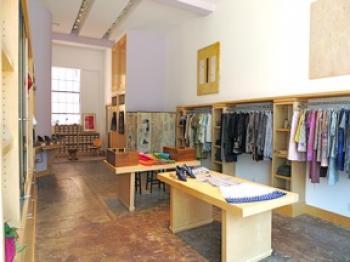
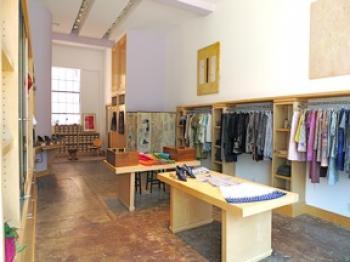
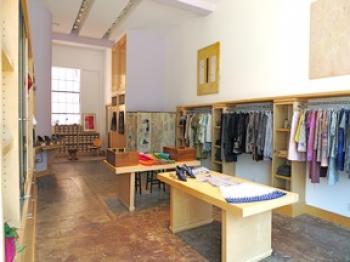
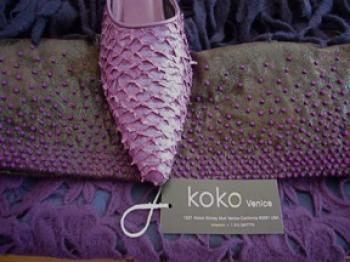
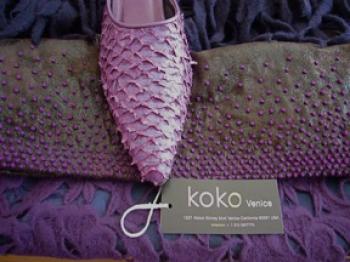




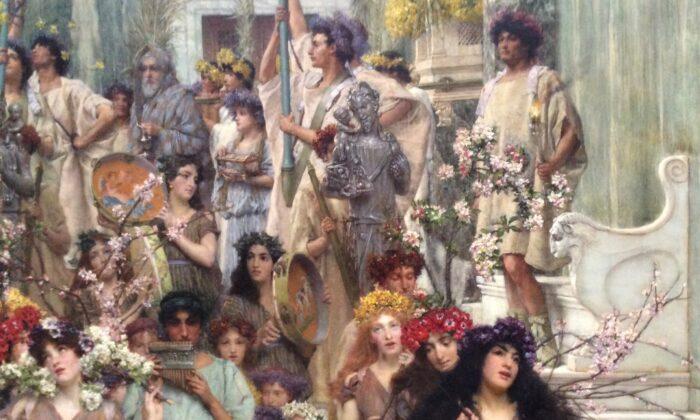
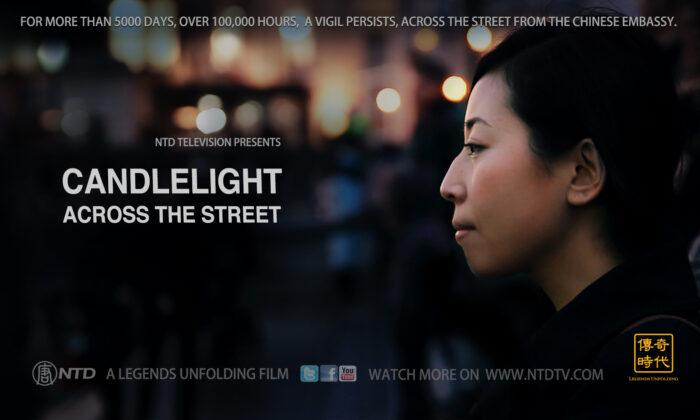
Friends Read Free